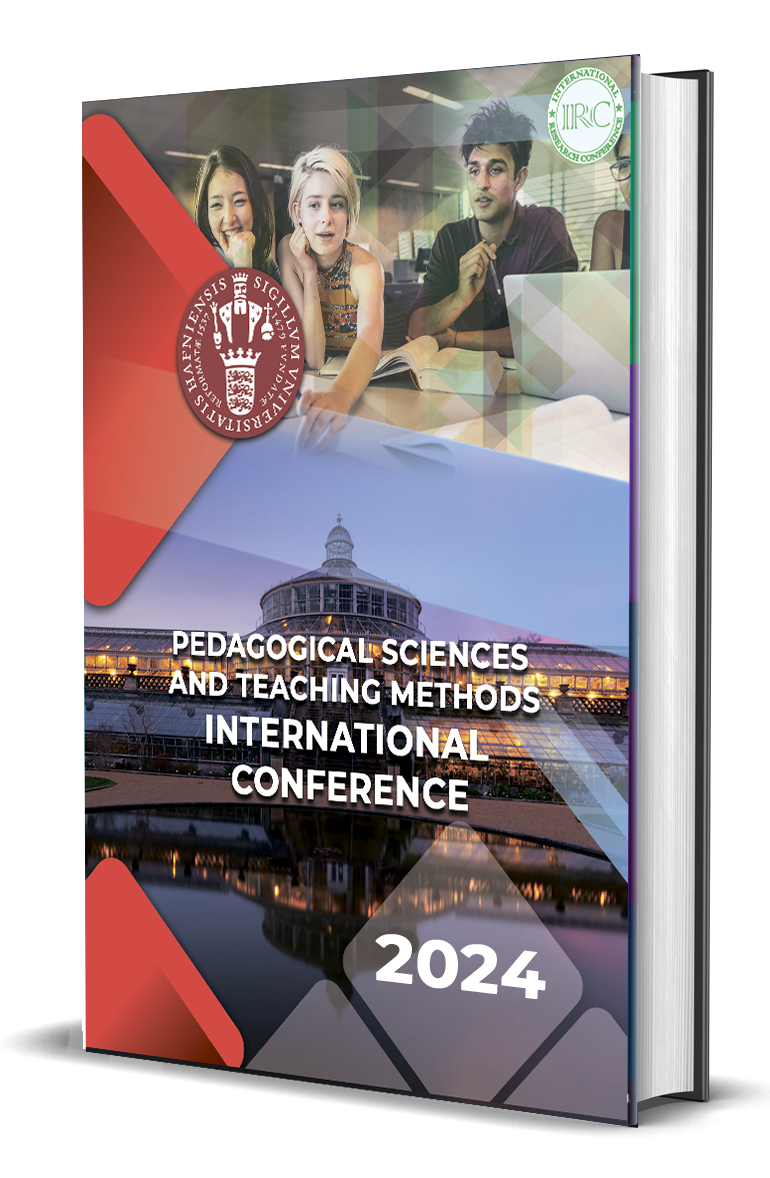EFFECTS OF CARCINOGENIC SUBSTANCES ON THE HUMAN BODY
Keywords:
Biological carcinogens, cancer, Carcinogens, Chemical carcinogens, Genetic apparatus, Genotoxic carcinogens, Non-genotoxic carcinogens, Physical carcinogens, Tumor development.Abstract
Cancer is a multifaceted disease primarily driven by carcinogens, which are agents that significantly increase the likelihood of developing malignant tumors. These carcinogens can be classified based on their origin—chemical, physical, and biological—and their mode of action, which includes both genotoxic and non-genotoxic mechanisms. Chemical carcinogens, responsible for up to 80-90% of malignancies, can induce cancer through direct DNA damage or by creating an environment conducive to tumor development. Physical carcinogens, such as ionizing radiation and inert fibers, cause cancer through physical disruption of molecular structures. Biological carcinogens, including certain viruses, bacteria, and parasitic worms, contribute to cancer through biological interactions with the host. The mechanisms of carcinogenesis involve complex interactions at the genetic and cellular levels, including DNA mutations and disruption of cellular processes. Understanding these mechanisms is crucial for developing preventative and therapeutic strategies against cancer.
Downloads
References
IARC. (2021). Монографии IARC по оценке канцерогенных рисков для человека. Всемирная организация здравоохранения. [Доступно онлайн: https://monographs.iarc.who.int/]
O’Connor, T. (2022). Химический канцерогенез: механизмы и применение. Springer. ISBN: 978-3030809466.
Sutherland, R. M. (2004). «Роль химических канцерогенов в развитии рака». Журнал исследований рака и клинической онкологии, 130(3), 151-160. [DOI: 10.1007/s00432-004-0543-0]
Little, J. B., & Searle, R. (2019). Радиационный канцерогенез: принципы и практика. Cambridge University Press. ISBN: 978-0521872107. г.
Ravshanova, N. A. (2023). New methods of rehabilitation after a jaw fracture. Journal the Coryphaeus of Science, 5(3.0), 3-9.
Akramovna, R. N. (2024). Methods of Treatment and Early Diagnosis of Hemifascial Microsomia. Research Journal of Trauma and Disability Studies, 3(2), 396-400.
Akramovna, R. N. (2023). PRINCIPLES OF SURGICAL TREATMENT OF FRACTURES OF THE CHEEKBONE-ORBITAL COMPLEX. Confrencea, 4(04), 482-488.
Akramovna, R. N. (2023). STOMATOLOGIYA VA UNING RIVOJLANISH TARIXI. SCIENTIFIC APPROACH TO THE MODERN EDUCATION SYSTEM, 2(19), 113-115.
Akramovna, R. N. (2023). PECULIARITIES IN TREATMENT OF THE TRAUMA OF THE ZYGOMATICO-ORBITAL COMPLEX. Confrencea, 4(04), 475-481.
Rustamovich, B. L., & Akramovna, R. N. (2024). Two-Stage Dental Implantation in Patients with Diabetes: Features of the Rehabilitation Period. EUROPEAN JOURNAL OF MODERN MEDICINE AND PRACTICE, 4(2), 242-245.
Балтабаев, А. С. (1995). Клопы-мириды (HEMIPTERA-HETEROPTERA: MIRIDAE) Южного Приаралья.
Адамбой, Б. С., & Тураева, М. М. (2022). КЛОПЫ-МИРИДЫ (HEMIPTERA-HETEROPTERA: MIRIDAE) ЮЖНОГО ПРИАРАЛЬЯ. Galaxy International Interdisciplinary Research Journal, 10(8), 12-27.
BALTABAYEV, A., & ARSLONOVA, M. (2024). XORAZM VILOYATI AGROTSENOZLARIDA VA TABIIY EKOTIZIMLARDA UCHRAYDIGAN BEDA QANDALASINING (ADELPHOCORIS LINEOLATUS GOEZE) FAUNASI, BIOLOGIYSI, TARQALISHI VA EKOLOGIYASI. News of the NUUz, 3(3.1), 20-22.
Kuchkarov, A., Boltaboev, A., Ibragimov, Q., Ergasheva, O., & Makhmudov, M. (2024). Frequency of occurrence of field bugs-mirids on the cotton–alfalfa agrocenosis in the Tashkent oasis. In E3S Web of Conferences (Vol. 497, p. 03007). EDP Sciences.
Boltabaev, A., Mamarakhimov, O., Tangirov, N., Tursunova, S., Turdalieva, K., & Alimov, A. (2024). Identification of the major insect pests and their biological characteristics in apple orchards (Uzbekistan). In BIO Web of Conferences (Vol. 126, p. 01006). EDP Sciences.





